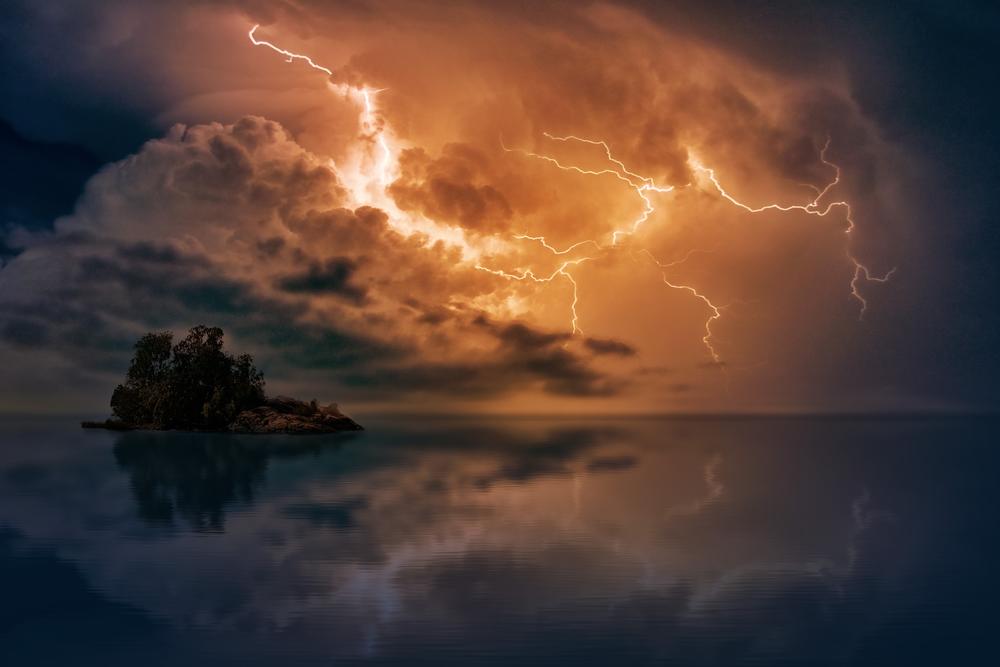
Section Branding
Header Content
Making Education Phenomena-Driven
Primary Content

Introducing PhenoBL
Is Finland leading the charge in moving schools away from traditional subjects? It depends who you ask, but for most, yes. Are they completely nixing content areas? No, not really. They are, however, accelerating a trend that has become rather familiar—cross-curricular instruction. Think STEM. Or STEAM. Oh, and STREAM. Increasingly, curriculum is taking an interdisciplinary approach, combining aspects of multiple subjects to build a “holistic” lesson.
The Finnish approach does this but also centers the attention on a focal point—a phenomenon. Dubbed “phenomenon-based" or phenomena-driven learning or instruction (PhenoBL), it takes storylines and inquiry and focuses everything around something interesting, or exciting, or even mysterious. As Pasi Silander of Phenomenal Education sums it up, “at its best, phenomenon-based learning is problem-based learning, where the learners build answers together to questions or problems posed concerning a phenomenon that interests them.”
The Science Classroom
For the sciences, this makes sense. Use tornados to discuss weather patterns and barometric pressure. For a unit on ecosystems, put bee colony collapse at the center of all the lessons. It seems intuitive to apply natural events and occurrences to our studies of scientific inquiry because the move towards phenomena in the United States was introduced through the Next Generation Science Standards (NGSS). The model they use is intended to guide students through understanding the world around them and even designing solutions for the future.
A ready-made database of searchable phenomena is available for teachers and the Georgia Science Teacher Association already has a site up to support implementation with countless strategies. At GPB we partnered with Discovery Education in January to host a "Phenomenal Science Fun" event where a spread of tables was set up focusing on a specific phenomenon. In a speed-dating-like atmosphere, participants moved between tables learning about the topic as well as gaining ideas and strategies for to take back to the classroom.
Approaches for the Humanities
For the humanities, however, this approach might be more cumbersome. Are phenomena events like the Trail of Tears or the appearance of transcendentalist writers or are they more general concepts like war or inequality? And how would it work outside the sciences? We’re moving somewhat into uncharted territory here. Yet phenomena in the humanities doesn't have to be a mystery, consider phenomena as an investigation. Social sciences are full of the question "why?". So, all of this now coincides with the transition towards inquiry-based learning. Here are some approaches that could help teachers outside the sciences find their way in a phenomena-based classroom.
- Treat phenomena like case studies. For any period, topic, or theme that is being covered, be it a chapter or standard, find an intriguing occurrence. Make sure that it encapsulates the central thrust you are trying to convey for the material. Do you already have an interesting event that you always bring up during WWI to keep everyone excited and engaged, like the Christmas truce? Use that! Then provide the rest of the content as background. Any learning outcomes should circle background around to themes drawn from that event.
- Because social phenomena are essentially anything human-created you have enormous options. We really are off the script here, but everything from human disorders, to specific events are on the table for exploration. Anxiety, the Zimbardo prison experiment, even the wave that breaks out among fans at a stadium are great examples of social phenomena to study.
- Don't be afraid to move across disciplines or bring in colleagues. In history class, government and other social science standards easily fit into the picture. But don't forget about aspects of science that can relate BACK to the humanities like technology, which almost always keeps students engaged. Teaching about turn-of-the-century America? Why not focus on the invention of the lightbulb--that way students can study currents, regulation, labor, and culture.
- Become an anthropologist (or even an alien!). Have students approach events or occurrences as though they are trying to do field research on an ethnic group with which they are unfamiliar. Why would people behave this way? What are their customs and norms that bring this about? You could even go so far as to treat the situation like you've landed on an alien planet and are trying to make sense of the people there. This approach could be a great way to help students process topics that seem outlandish, like discrimination.
Need a little bit more of a guide? Clemson has put together an anchoring phenomena instructional manual complete with questions and images that stimulate visual inquiry. They also offer examples of how a simple event can be turned into a holistic exploration of countless topics. Want more ideas? Head over to Twitter and check out #ProjectPhenomena to get involved in an ongoing discussion.





